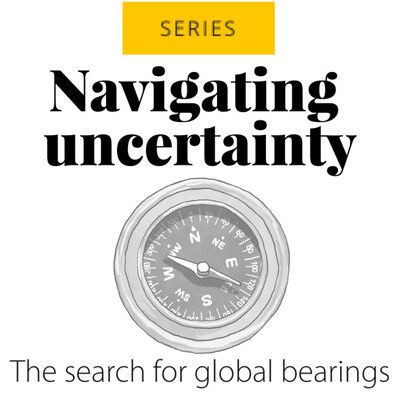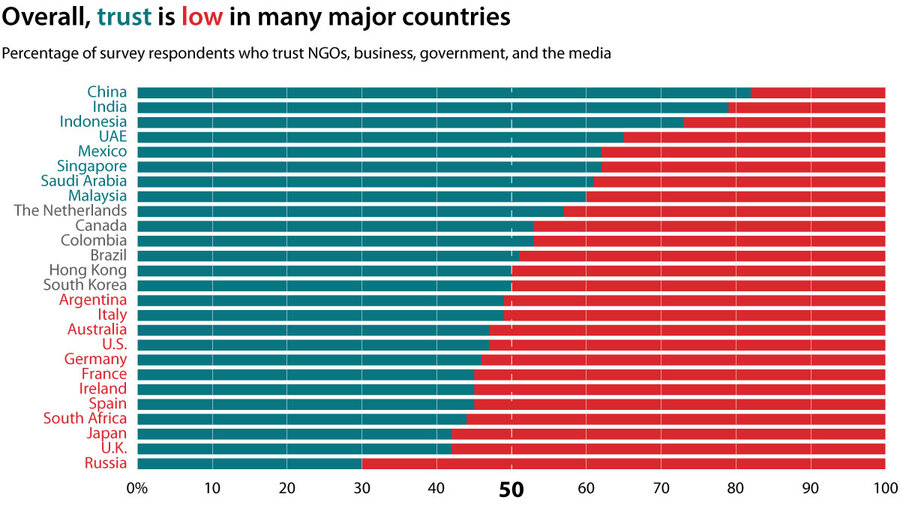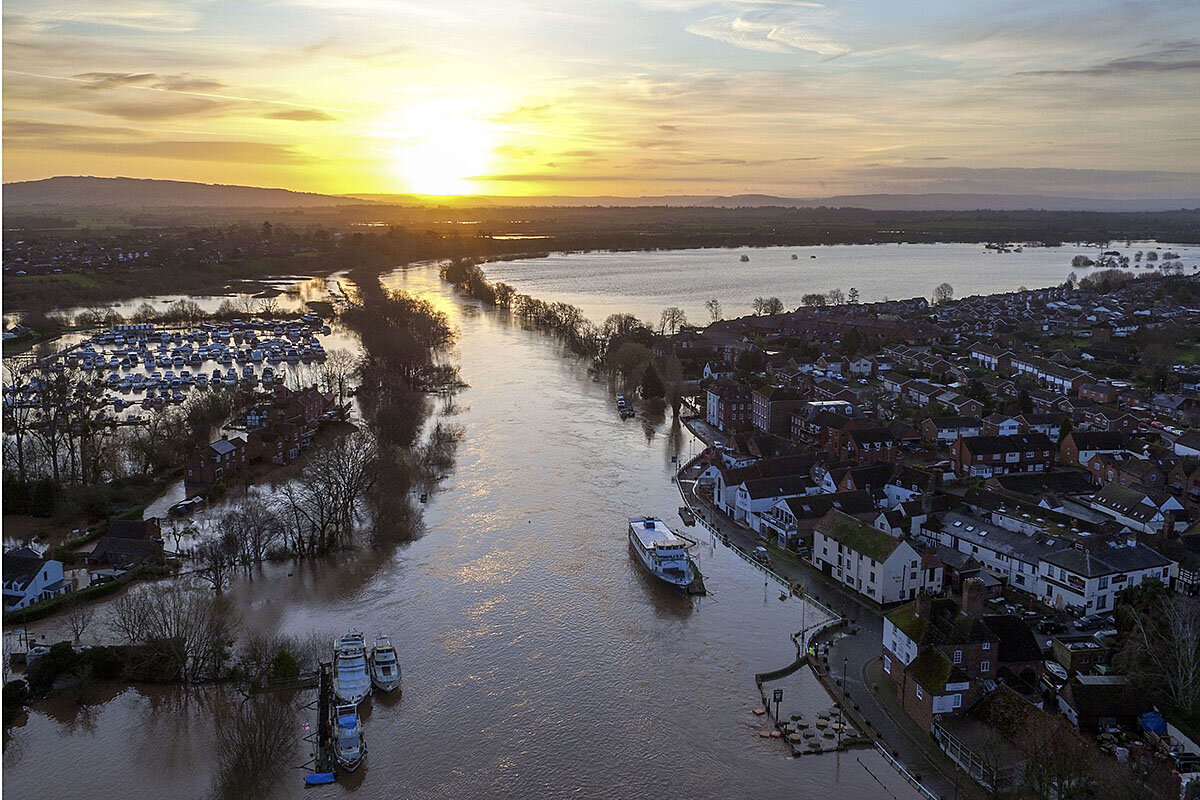We hear the worried question frequently: Where is the world headed? Many doubt the holding power of the democratic values, broader rights, and economic growth that have shaped the post-World War II world. Yet even amid deep uncertainty, many groups are trying to shape a path toward progress. This series, which starts today, travels the globe to see what they’re doing.
Monitor Daily Podcast
- Follow us:
- Apple Podcasts
- Spotify
- RSS Feed
- Download
 Peter Ford
Peter Ford
Today’s stories include the first in the Monitor’s “Navigating Uncertainty” series, waning confidence in the caucus system, a clarifying look at fears surrounding coronavirus, a search for justice for Flint, Michigan, and a selection of podcasts that promote compassion.
Surveying the world in 1930 – from the prison cell where Italian dictator Benito Mussolini had put him – the Communist thinker Antonio Gramsci came up with a pithy observation.
“The old is dying and the new cannot be born,” he wrote in his diary. “In this interregnum a great variety of morbid symptoms appear.”
Today, nearly 100 years later, a similar sense of uncertainty besets the world, and in today’s Christian Science Monitor we launch an ambitious series of articles exploring the reasons for that. Even more ambitiously, we suggest a few possible paths forward.
Our reporters have been searching for solutions in all sorts of places – from a boardroom in France where the bosses are rethinking capitalism to an underground bar in Brazil offering political refuge for activist opponents of the country’s strongman president.
For me, as a journalist covering international affairs, it is hard to miss the alarm felt in many capitals about the shape-shifting nature of geopolitics at the moment.
But citizens far from the corridors of power have other worries: What will artificial intelligence do to jobs? Could a strongman leader win votes by offering answers to problems that less decisive democratic politicians don’t seem able to find? How are the immigrants who just moved into the neighborhood going to change its identity?
At the heart of all the problems that beset us – and many of them are interconnected – is the issue of trust. Increasingly, governments don’t trust each other, citizens don’t believe their governments or experts, and often people don’t even have faith in their neighbors.
We hope the series that starts today will give you pointers to places where people are pushing back on that, building a sense of common purpose, trust and direction. Because we all have to start with ourselves.











